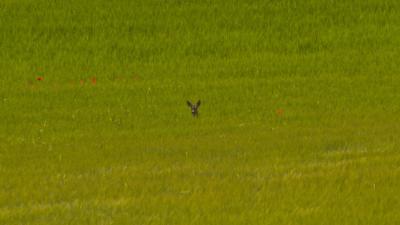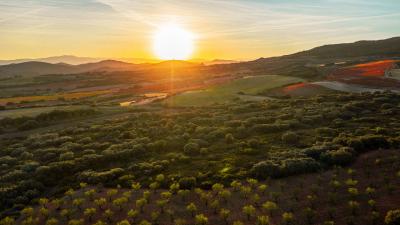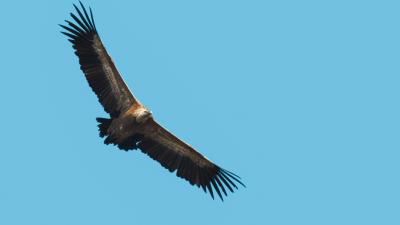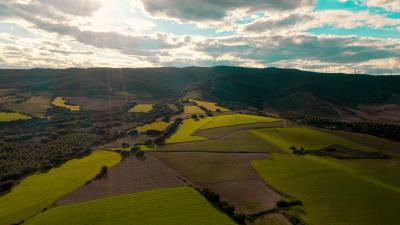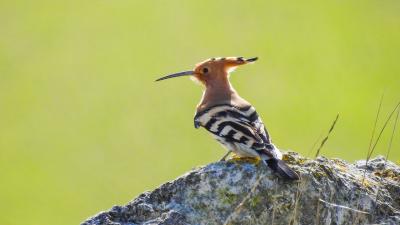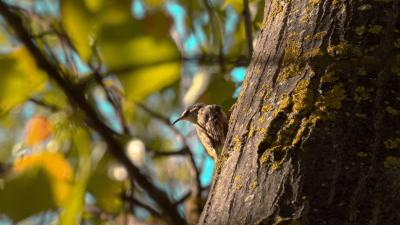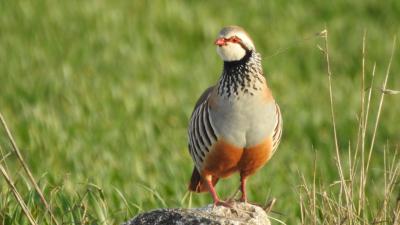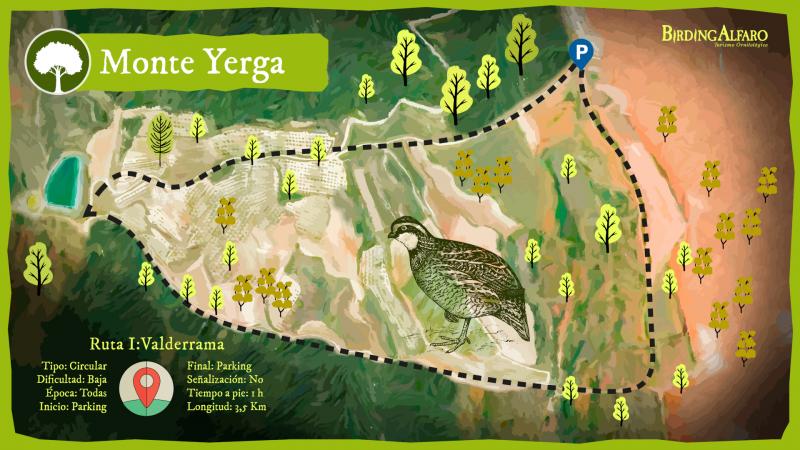Regarding the vegetation, we find a small sample of the species of the Supramediterranean Bioclimatic Floor with the presence of the Pyrenean oak (Quercus pyrenaica) in the highest areas of the mountain. If we descend in altitude we can find the remains of the old Mediterranean forest as there are characteristic species such as the holm oak (Quercus ilex), the gall oak (Quercus faginea), or the kermes oak (Quercus coccifera). Currently, reforestation work has led to the presence, for the most part, of various coniferous species such as Aleppo pine (Pinus halepensis), Scots pine (Pinus sylvestris) or Pinus pinaster (Pinus pinaster) associated with Mediterranean scrubland such as thyme, rosemary, blackthorns, some hawthorns, a few junipers and junipers, as well as various associated herbaceous species.
Routes
Between the forests and the countryside there is a border, there is our destiny.
Recent observationsGallery
MONTE YERGA
Surrounded by vineyards, Yerga Mount is the highest mountain (1,100m) to be found in the vicinity of our town. Although at first sight it may appear to be an isolated mountain, in reality it forms part of a small mountain range that separates the basins of the Alhama and Cidacos rivers. Yerga is located within the Mediterranean Region, in this mountain we can find the "invisible barrier" that separates two bioclimatic levels typical of the region, the Supramediterranean Floor, which can only be found at the highest altitudes (above 900m) and the Mesomediterranean Floor that covers the vast majority of this place, each climatic level has a specific vegetation associated with it. The continuous erosion of the alluvial deposits has created a network of ravines that are arranged radially and which have their maximum expression in the lower areas of the mountain bordering the slopes of Yerga, outside the wooded mountain.
This Mediterranean forest, previously dominated by holm oaks and kermes oaks, has undergone a major transformation over the last few decades due to the various actions carried out by man. The abusive felling of trees and the creation of terraces for reforestation with various species of conifers are the main causes of this change. Monte Yerga has been used in various ways by man for a long time, the oldest uses being timber, hunting and pastureland, and the most recent being the generation of electricity with the installation of two wind farms and the simple recreational use of the site. Although on the slopes of Yerga we mostly find pine trees, it is still possible to come across some small redoubts of the plant species that made up the mountain of yesteryear. These strips of vegetation interspersed between the various fields of crops are of enormous ecological importance as they are feeding and refuge areas for a multitude of species, this transition zone being the richest in terms of biodiversity of fauna. It should also be borne in mind that these plant species have the characteristic of being able to resprout from their base after felling or fire, creating an impenetrable wooded area that is somewhat inaccessible.
- Flora
Regarding the vegetation, we find a small sample of the species of the Supramediterranean Bioclimatic Floor with the presence of the Pyrenean oak (Quercus pyrenaica) in the highest areas of the mountain. If we descend in altitude we can find the remains of the old Mediterranean forest as there are characteristic species such as the holm oak (Quercus ilex), the gall oak (Quercus faginea), or the kermes oak (Quercus coccifera). Currently, reforestation work has led to the presence, for the most part, of various coniferous species such as Aleppo pine (Pinus halepensis), Scots pine (Pinus sylvestris) or Pinus pinaster (Pinus pinaster) associated with Mediterranean scrubland such as thyme, rosemary, blackthorns, some hawthorns, a few junipers and junipers, as well as various associated herbaceous species.
- Fauna
The group of birds is the largest, being possible to observe various species of forest birds such as finches, coal tits, blue tits, jays, robins, woodpeckers or blackbirds. Warblers, redstarts, stonechats, shrikes, magpies, partridges, as well as numerous larks are common in the transition zones of the scrubland. Regarding birds of prey, it is possible to observe golden eagles, vultures, buzzards, sparrowhawks and goshawks, at night it is possible to listen to the songs of the long-eared owl or the gray nightjar. The group of mammals is represented in this area by the numerous rabbits, roe deer, wild boars, foxes, some with more crepuscular habits such as genets, martens, wild cats, badgers or the little gray dormouse, which complete the list of inhabitants of the mountain.
Maps
List of birds






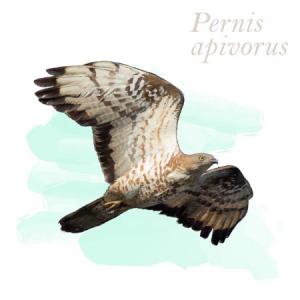

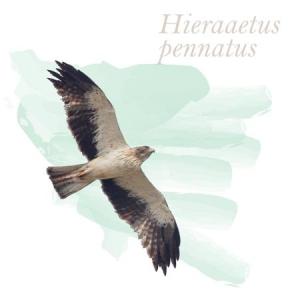
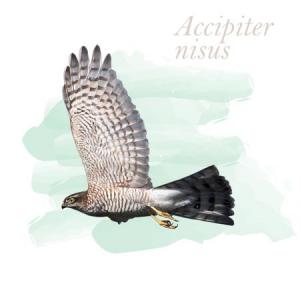




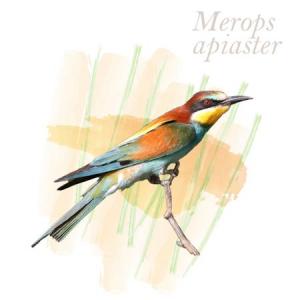


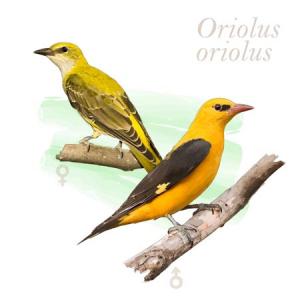



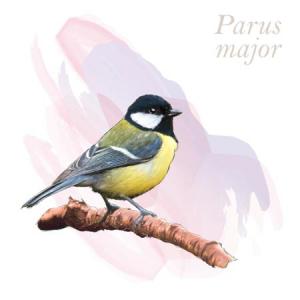



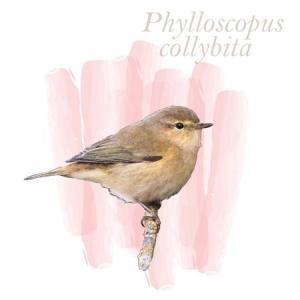




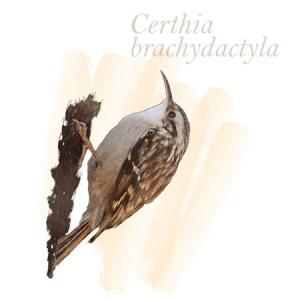



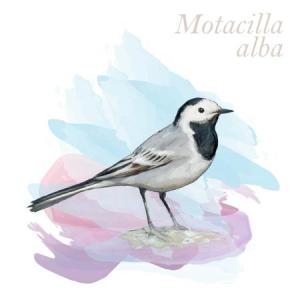
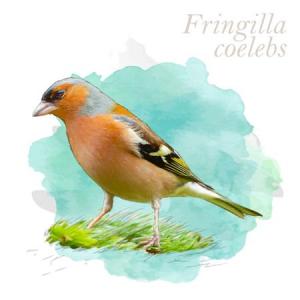


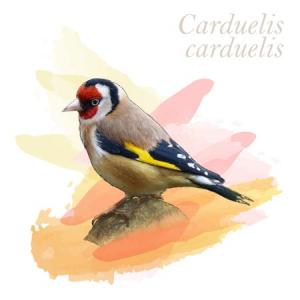


| SPECIES NAME | COUNT | DATE | |
|---|---|---|---|
| No observations have been recorded in the last 15 days. | |||



